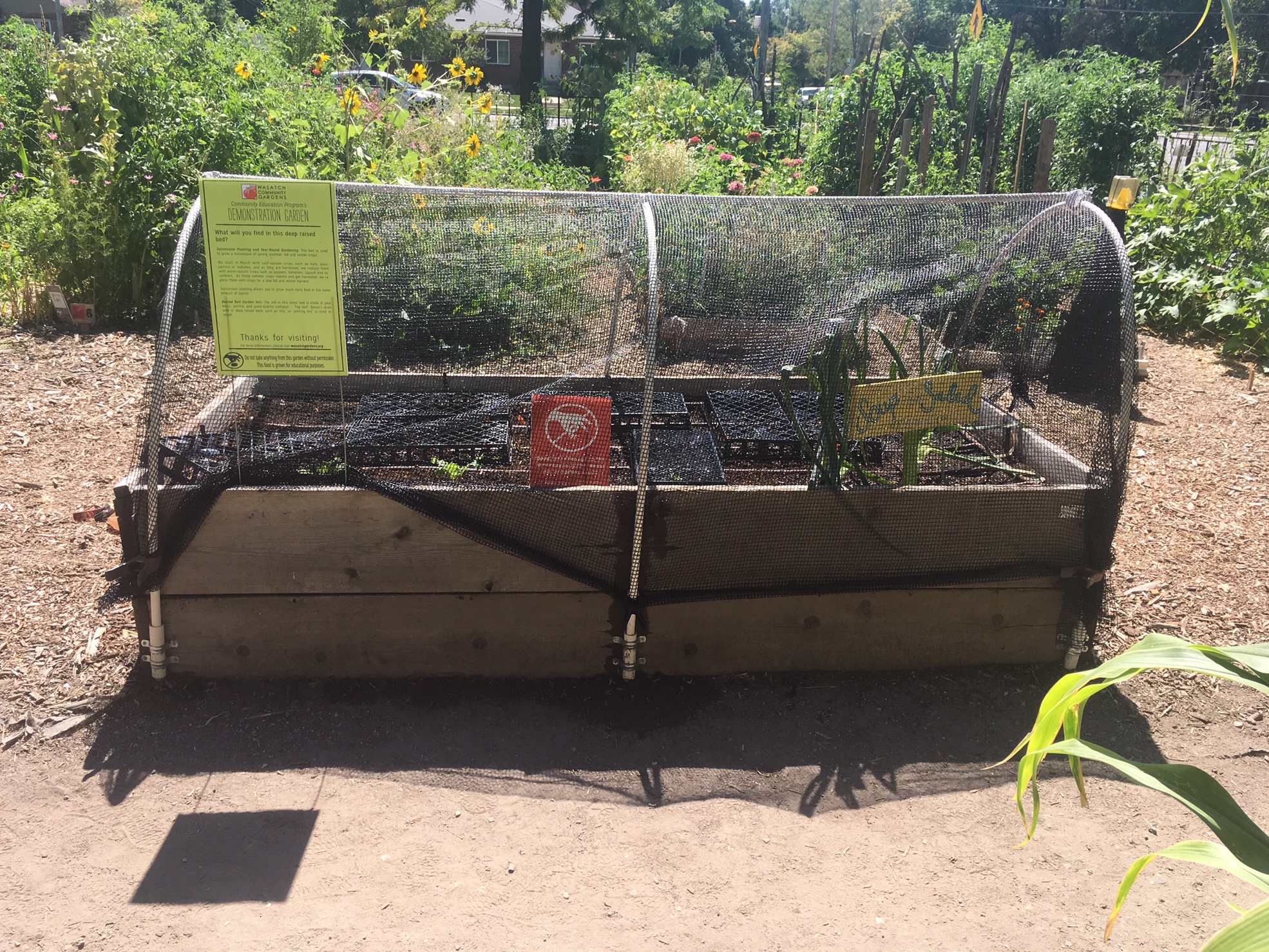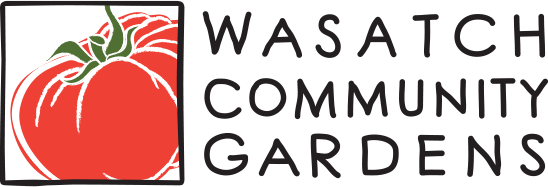Extending the Season: Cold Frames and Low Tunnels
- Date
- Oct 05, 2019 2:00 pm - 4:00 pm
- Register
- https://wasatchgardens.org/index.php?option=com_civicrm&task=civicrm/event/register&id=838&reset=1
Description
Just because winter is on the way doesn't mean you have to stop growing your own food! Even in our northern Utah climate, we can grow fresh, healthy crops in our gardens throughout the winter. You can have delicious turnips and Swiss chard for the holidays, salad greens and root crops throughout January and February, and be eating freshly-harvested carrots when others are just thinking about sowing their spring crops! It's all about selecting the rights crops and varieties, planting at the right time to maximize growth, and providing your crops with the kinds of protection from the elements that they need to survive our winters.
You can also use these same structures (particularly the hoop houses) during other parts of the year for other purposes. For instance, use your structure to get a jump on spring planting, or use your hoop house to cover sensitive spring crops with 50% shade cloth as the days of June get hotter, so you get a longer pea or lettuce harvest. You can also use 30% or 50% shade cloth in late summer to protect summer-planted fall crops, as shown in the photo below. We'll have examples of both kinds of shade cloth in class for you to handle and become acquainted with, and we'll discuss different places to source these materials.
In other words, in this class, you'll learn how to extend your "typical" summer growing season in both directions so you can utilize your existing gardening space to grow more food and grow during more months of the year.
Together in this hands-on working lab, we'll construct a simple hoop house and tour other examples in the garden to see how they're constructed, discussing their pro's and con's.
Come explore the challenges and benefits of gardening outdoors year round in Utah so you can grow more of your own food. We hope you'll join us for this fun and hands-on workshop!

